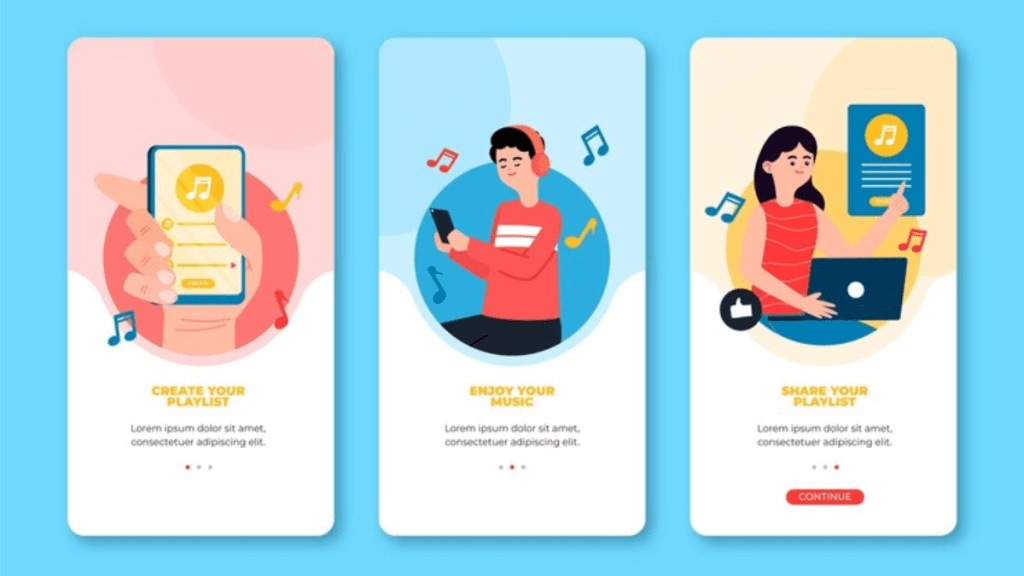By Suyog Gothi
Covid-19 pandemic, which forced people into the confines of their homes for weeks, brought a seismic shift in habits. Consequently businesses, especially consumer-facing ones, were compelled to adapt.
Remote work became the new normal. Home delivery of products and services gained pace. People ended up spending an excessive amount of time on screen—on laptop and computer, on smartphones and televisions—for work, communication and entertainment. Over a period, that resulted in ‘screen fatigue’.
People could not cut down screen time during work. But, the need for reduction of screen time was evident. The only area to reduce screen time was entertainment—something that has predominantly been screen oriented simply because it was video led until then. Naturally, people started looking for alternative modes of entertainment that do not require much screen-time.
Audio—the obvious choice
The only viable alternative that does not demand much involvement of active screen time was audio. But, music was not enough. And demand for content in the non-music segment surged. Non-music segment, till that time, was just about podcasts and audiobooks.
On the other hand, there was no dearth of captivating video content, and people have already developed the habit of binge watching. As people switched to audio, the demand naturally was for engaging content—something beyond the available podcasts and audiobooks that usually get monotonous after a point. Expectations were high and the need for innovation was undeniable.
Enter audio series
Soon, experiments followed. One of the things that caught consumers’ attention was dramatised audio content presented in a serialised manner.
It was in the same lines of television serials and web series, but in audio. In other words, there was a rebirth of good-old audio drama in its modern avatar—audio series, or dramatic audio adaptation of stories that is presented in episodic manner. Like successful web series, these audio series were equipped with gripping storytelling, compelling content and well-thought out strategy of ending every episode at a stage that leaves the listener wondering what happens next.
Within a short time, audio series turned out to be consumers’ darling with an estimated 1.3 billion addressable users worldwide. According to Redseer, the audio series market was estimated to be worth $21-25 billion globally in 2023. “The value is projected to grow 2X in the next 5 years,” noted the consulting firm in its February 2024 report.
“Audio Series, with its 24×7 entertainment has a greater engagement potential compared to other Audio Streaming services. With its ability to address untapped use-cases, the market is expected to continue expanding. Over the last 2 years, Audio Series was projected to grow at a CAGR of 640% translating to over 40X growth from 2021 to 2023,” the study further adds.
While online streaming brought entertainment into the comforts of our homes, audio series have taken it to another level making it more of an on-the-go affair.
Why the resurgence?
There’s no doubt that audio brings convenience. It brings the flexibility of consuming content while multitasking. One can easily listen to audio series, or any other audio entertainment content, while commuting, exercising or doing daily chores. So, audio entertainment does not hamper packed-schedule, rather makes it better.
To add to that, audio storytelling sparks imaginations. Unlike video, which spoon-feeds visuals, audio paints a picture with words and sound effects. Thus, this makes them form their own interpretation which makes it more personal, gives listeners the chance to draft characters as they may like.
Besides, audio storytelling has changed drastically—thanks to technological advancements, especially artificial intelligence, that revolutionised the production. Creators are now using AI-driven tools to customise content, modify stories based on listeners feedback on a near real-time basis, and produce interactive experiences that engage audiences in fresh and creative ways.
But just making audio entertainment an ‘immersive’ experience will not be enough. Audio entertainment platforms, especially those offering non-music content, will have to make it more ‘personal and interactive’.
And this is not limited to India only. It has become a global phenomenon. Audio series like Insta Millionaire (1 billion plays), Saving Nora (500 million plays) and few more have clocked over $10 million worldwide, while there are 15 more audio series that have exceeded $1 million in audience collections.
Truth is, people have switched from ‘binge watching’ to ‘binge listening’, and audio series is the new showstopper.
The author is Head – India and New Markets, Pocket FM


